Rivers have been an integral part of human civilization since ancient times. They have served as vital lifelines, providing sustenance, transportation routes, and cultural significance to communities across the globe. Among the countless waterways that traverse our planet, some stand out for their remarkable length, winding their way through diverse landscapes and countries. These longest rivers in the world are not only geographical marvels but also hold immense ecological, economic, and cultural significance.
In this comprehensive article, we will embark on a journey to explore the top 12 longest rivers on Earth. From the mighty Nile to the awe-inspiring Amazon, each river has a unique story to tell, shaped by its origins, geography, and the civilizations that have flourished along its banks. We will delve into their fascinating histories, highlight their ecological importance, and unveil the remarkable ways in which these waterways have influenced human societies throughout the ages.
Prepare to be captivated by the sheer grandeur and diversity of these natural wonders, as we unravel the secrets and splendors of the world’s longest rivers.
The Nile River: A Legendary Lifeline
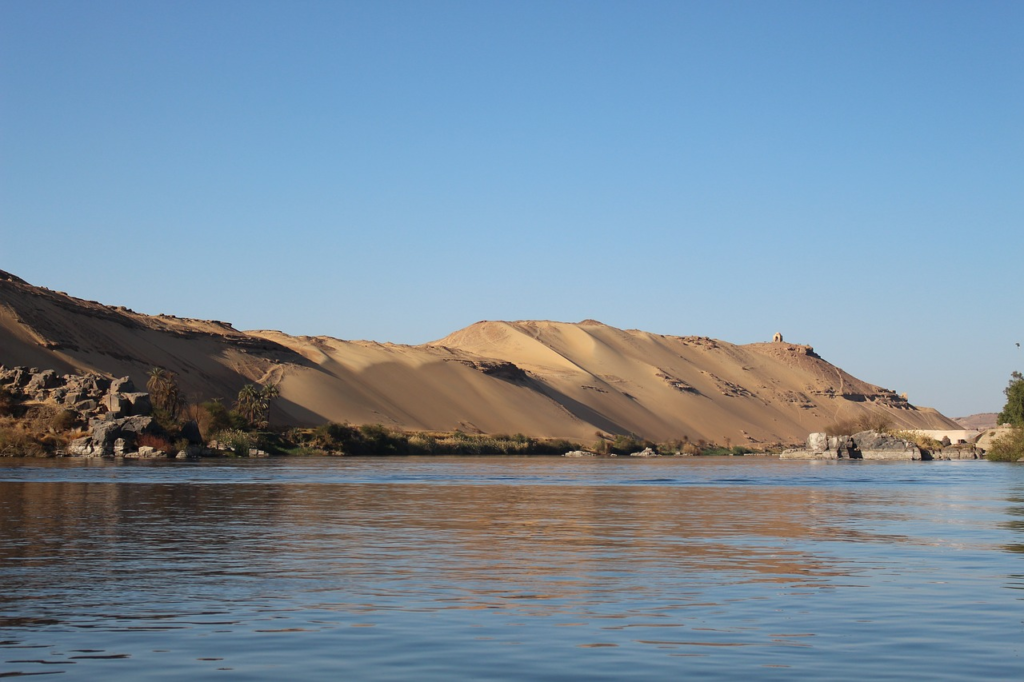
Spanning an astonishing 6,650 kilometers (4,130 miles), the Nile River stands as the longest river in the world. Originating from the highlands of Burundi and flowing northward through eleven countries, including Egypt, Sudan, and Uganda, this ancient waterway has been an integral part of human civilization for millennia.
The Nile’s profound cultural impact can be traced back to the ancient Egyptians, who relied on its fertile banks for agriculture and established one of the earliest and most influential civilizations in the world. Today, the river continues to play a vital role in the economies of the nations it traverses, supporting agriculture, hydroelectric power generation, and transportation.
However, the Nile faces significant challenges due to increasing water demands, pollution, and the impacts of climate change. Efforts are underway to promote sustainable water management and conservation practices to preserve this invaluable natural resource for generations to come.
The Amazon River: A Mighty Ecological Marvel

Stretching across an incredible 6,400 kilometers (3,976 miles), the Amazon River is not only the second-longest river in the world but also the largest in terms of water discharge. Originating from the Peruvian Andes, this magnificent waterway flows eastward across South America, traversing through Brazil, Colombia, and several other countries before emptying into the Atlantic Ocean.
The Amazon River basin is home to the largest remaining tropical rainforest on Earth, renowned for its unparalleled biodiversity. This vast ecosystem supports countless plant and animal species, many of which are found nowhere else on the planet. The river itself is a vital artery, sustaining the intricate web of life within the Amazon basin.
In addition to its ecological significance, the Amazon River plays a crucial role in the economies of the countries it flows through, facilitating transportation, fishing, and tourism. However, deforestation, mining, and pollution pose significant threats to the delicate balance of this extraordinary ecosystem, highlighting the urgent need for conservation efforts and sustainable development practices.
The Yangtze River: China’s Lifeblood
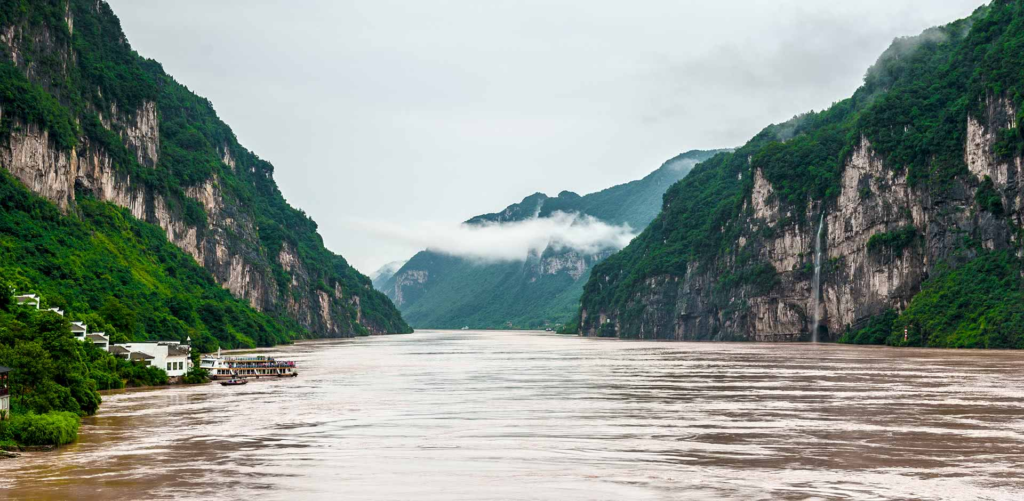
With a length of 6,300 kilometers (3,915 miles), the Yangtze River is the third-longest river in the world and the longest to flow entirely within one country – China. Rising from the glaciers of the Qinghai-Tibet Plateau, this mighty waterway winds its way eastward, passing through some of China’s most populous and industrialized regions before emptying into the East China Sea.
The Yangtze River has played a pivotal role in the development of Chinese civilization, serving as a vital transportation route and supporting agriculture, industry, and urbanization along its banks. It is home to several major cities, including Shanghai, Wuhan, and Chongqing, which have flourished due to their proximity to this vital waterway.
However, the Yangtze River also faces significant challenges, including pollution, damming, and the impacts of climate change. Efforts are underway to address these issues and promote sustainable development practices, ensuring that this iconic river continues to be a source of life and prosperity for generations to come.
The Mississippi-Missouri River System: A Heartland Artery
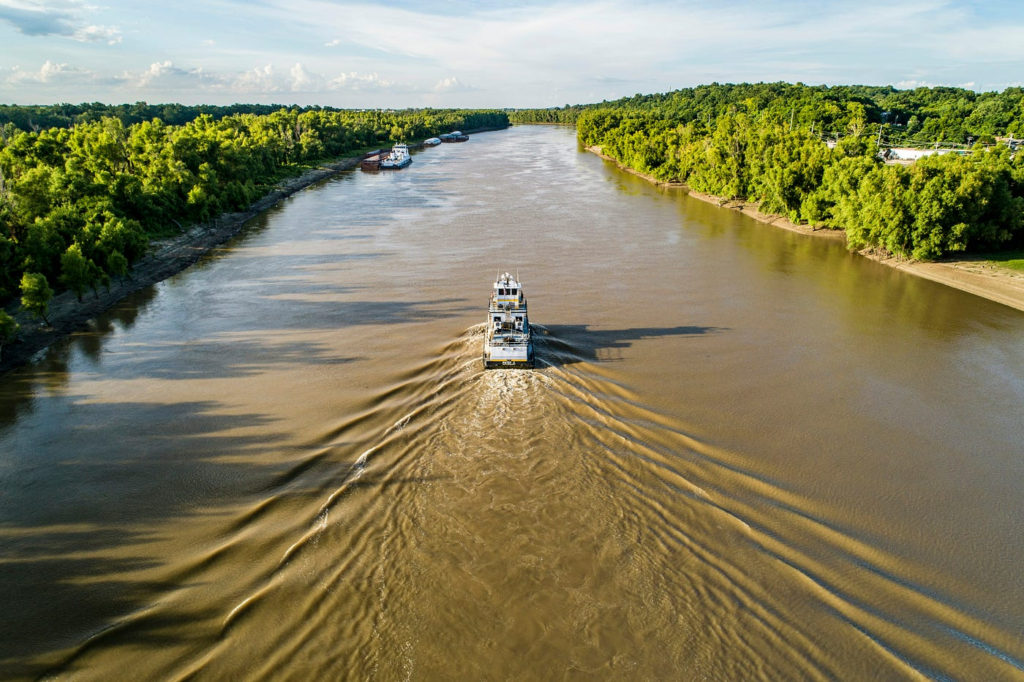
Stretching across an impressive 6,275 kilometers (3,710 miles), the Mississippi-Missouri River system is the fourth-longest river system in the world. This vast network of waterways originates from the Rocky Mountains in Montana and flows southward through the heart of the United States, ultimately emptying into the Gulf of Mexico.
The Mississippi-Missouri River system has played a pivotal role in the exploration, settlement, and economic development of the American Midwest and South. It has facilitated transportation, agriculture, and industry, shaping the growth of major cities like St. Louis, Memphis, and New Orleans along its banks.
Today, the Mississippi-Missouri River system remains a vital transportation route for goods and agricultural products, as well as a source of hydroelectric power and recreation. However, challenges such as flooding, pollution, and the impacts of climate change continue to threaten the health and sustainability of this essential waterway.
The Yenisei River: A Siberian Lifeline

Flowing for an impressive 5,539 kilometers (3,445 miles), the Yenisei River is the fifth-longest river in the world and the largest to flow entirely within Russia. Originating from the Sayan Mountains in southern Siberia, this mighty waterway winds its way northward through the vast Siberian taiga before emptying into the Kara Sea of the Arctic Ocean.
The Yenisei River has played a crucial role in the exploration and development of Siberia, serving as a vital transportation route for goods and resources. It has also supported the growth of cities like Krasnoyarsk and Dudinka, which have thrived due to their proximity to this essential waterway.
In addition to its economic significance, the Yenisei River and its surrounding ecosystems are home to a diverse array of plant and animal life, including numerous species of fish, birds, and mammals. Conservation efforts are underway to protect this remarkable natural resource and ensure its continued health and sustainability.
The Ob River: A Siberian Giant

With a length of 5,410 kilometers (3,364 miles), the Ob River is the sixth-longest river in the world and the second-longest to flow entirely within Russia. Originating from the Altai Mountains in western Siberia, this massive waterway meanders northward across the vast Siberian plains before emptying into the Gulf of Ob and the Kara Sea.
The Ob River has played a vital role in the development of Siberia, serving as a crucial transportation route for goods, resources, and people. It has supported the growth of cities like Novosibirsk and Surgut, which have flourished due to their proximity to this essential waterway.
In addition to its economic significance, the Ob River and its surrounding ecosystems are home to a diverse array of plant and animal life, including numerous species of fish, birds, and mammals. Conservation efforts are underway to protect this remarkable natural resource and ensure its continued health and sustainability.
The Congo River: A Central African Powerhouse

Stretching across 4,700 kilometers (2,920 miles), the Congo River is the seventh-longest river in the world and the second-longest in Africa after the Nile. Originating from the highlands of northeastern Zambia, this powerful waterway flows northward through the heart of the Democratic Republic of Congo before emptying into the Atlantic Ocean.
The Congo River basin is home to one of the largest remaining tropical rainforests on Earth, renowned for its exceptional biodiversity. This vast ecosystem supports countless plant and animal species, many of which are found nowhere else on the planet. The river itself is a vital artery, sustaining the intricate web of life within the Congo basin.
In addition to its ecological significance, the Congo River plays a crucial role in the economies of the countries it flows through, facilitating transportation, fishing, and hydroelectric power generation. However, deforestation, mining, and pollution pose significant threats to the delicate balance of this extraordinary ecosystem, highlighting the urgent need for conservation efforts and sustainable development practices.
The Lena River: A Siberian Marvel

With a length of 4,400 kilometers (2,734 miles), the Lena River is the eighth-longest river in the world and the third-longest to flow entirely within Russia. Originating from the Baikal Mountains in eastern Siberia, this majestic waterway winds its way northward across the rugged Siberian landscape before emptying into the Laptev Sea of the Arctic Ocean.
The Lena River has played a crucial role in the exploration and development of Siberia, serving as a vital transportation route for goods and resources. It has also supported the growth of cities like Yakutsk, which have thrived due to their proximity to this essential waterway.
In addition to its economic significance, the Lena River and its surrounding ecosystems are home to a diverse array of plant and animal life, including numerous species of fish, birds, and mammals.
The Mekong River: A Southeast Asian Lifeblood
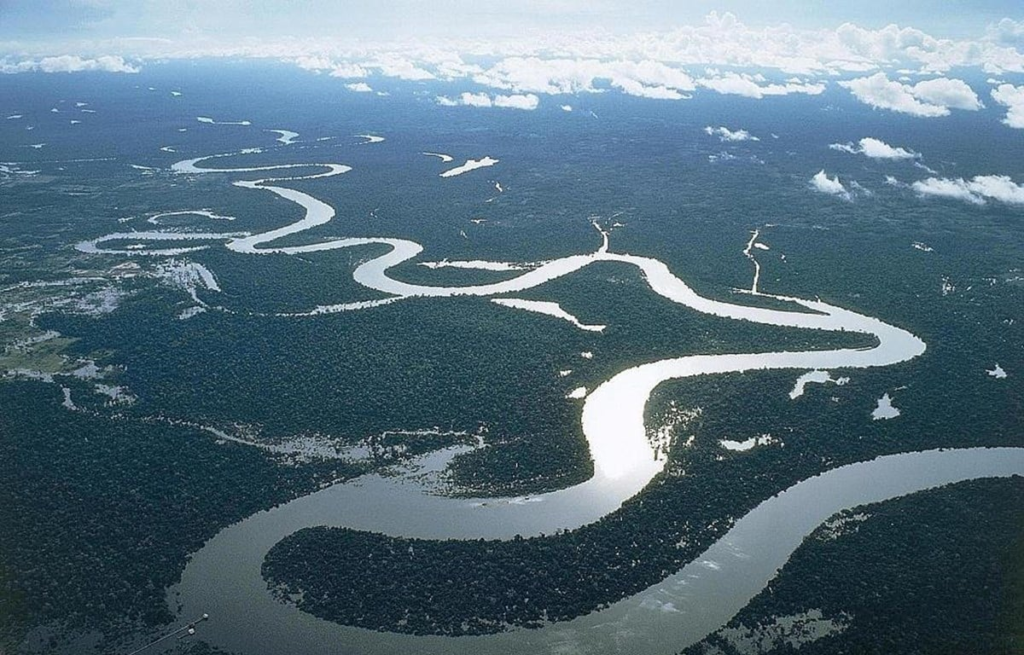
Stretching across 4,350 kilometers (2,703 miles), the Mekong River is the ninth-longest river in the world and one of the most significant waterways in Southeast Asia. Originating from the Tibetan Plateau, this mighty river flows through China, Myanmar, Laos, Thailand, Cambodia, and Vietnam before emptying into the South China Sea.
The Mekong River basin is home to a rich and diverse ecosystem, supporting numerous plant and animal species, many of which are found nowhere else on Earth. It is also a vital lifeline for millions of people living along its banks, providing water for agriculture, fishing, and transportation.
The Mekong River has played a crucial role in the development of the region, shaping the cultures and economies of the countries it traverses. However, rapid development, damming, and the impacts of climate change pose significant threats to this remarkable waterway, highlighting the need for sustainable management and conservation efforts.
The Niger River: A West African Artery

With a length of 4,200 kilometers (2,609 miles), the Niger River is the tenth-longest river in the world and the principal river of West Africa. Originating from the Guinea Highlands, this vital waterway flows through several countries, including Mali, Niger, and Nigeria, before emptying into the Gulf of Guinea.
The Niger River has played a pivotal role in the development of West African civilizations, serving as a vital transportation route and supporting agriculture, fishing, and trade along its banks. It has also shaped the cultures and traditions of the people who have lived along its course for centuries.
Despite its significance, the Niger River faces numerous challenges, including drought, pollution, and the impacts of climate change. Conservation efforts are underway to address these issues and ensure the sustainability of this essential waterway for future generations.
The Amur River: A Sino-Russian Border
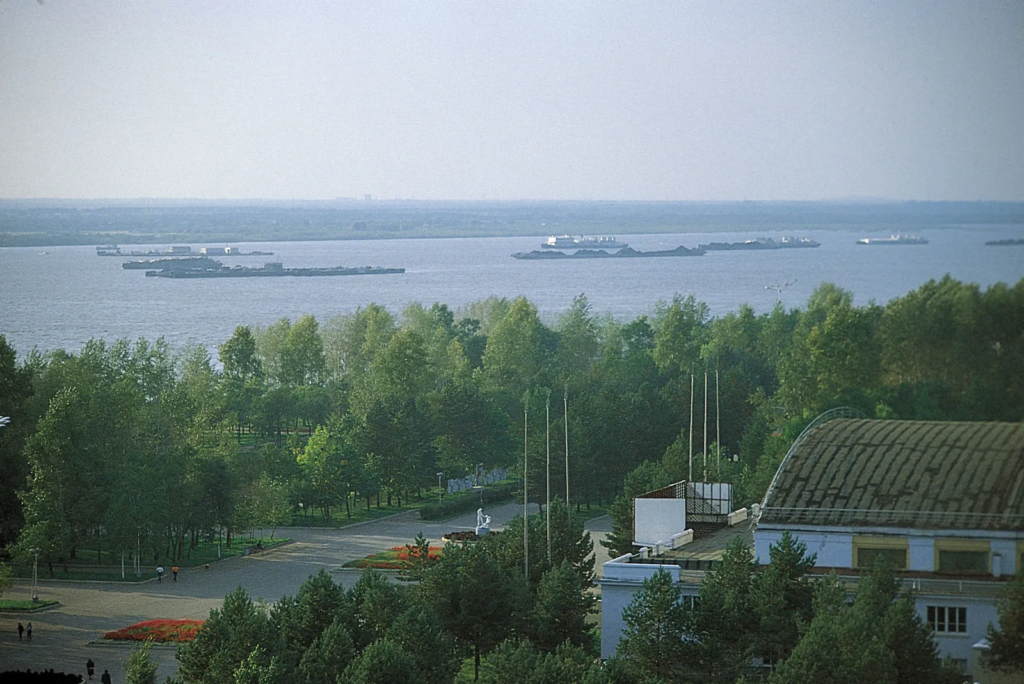
Spanning 4,444 kilometers (2,761 miles), the Amur River is the eleventh-longest river in the world and serves as the border between Russia and China for a significant portion of its course. Originating from the confluence of the Shilka and Argun rivers in Siberia, this mighty waterway flows eastward before emptying into the Sea of Okhotsk.
The Amur River has played a crucial role in the economic development of the regions it traverses, facilitating transportation, fishing, and hydroelectric power generation. It has also served as a strategic border between Russia and China, shaping the geopolitical dynamics of the region.
In addition to its economic and political significance, the Amur River and its surrounding ecosystems are home to a diverse array of plant and animal life, including numerous species of fish, birds, and mammals. Conservation efforts are underway to protect this remarkable natural resource and ensure its continued health and sustainability.
The Paraná River: A South American Giant
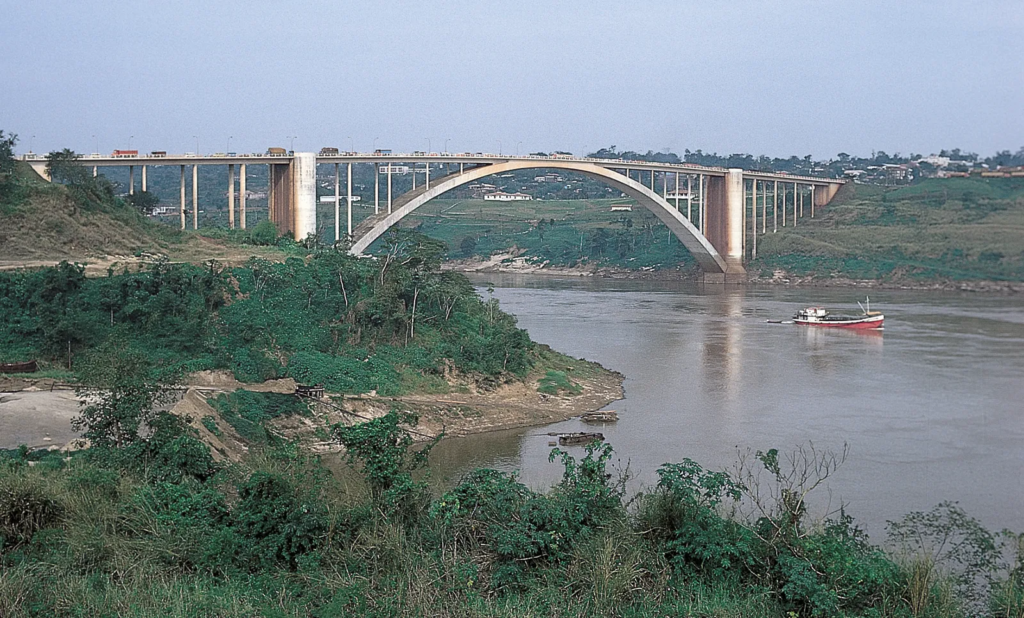
With a length of 4,880 kilometers (3,030 miles), the Paraná River is the twelfth-longest river in the world and one of the most significant waterways in South America. Originating from the Brazilian Highlands, this mighty river flows westward through Brazil, Paraguay, and Argentina before emptying into the Río de la Plata estuary and the Atlantic Ocean.
The Paraná River basin is home to a rich and diverse ecosystem, supporting numerous plant and animal species, many of which are found nowhere else on Earth. It is also a vital lifeline for millions of people living along its banks, providing water for agriculture, fishing, transportation, and hydroelectric power generation.
The Paraná River has played a crucial role in the economic development of the regions it traverses, shaping the cultures and economies of the countries it flows through. However, rapid urbanization, industrialization, and the impacts of climate change pose significant threats to this remarkable waterway, highlighting the need for sustainable management and conservation efforts.
Conclusion
The world’s longest rivers are not merely geographical wonders but also vital arteries that have shaped the course of human civilization. From the ancient Nile to the mighty Amazon, these waterways have nurtured cultures, facilitated trade and transportation, and sustained ecosystems of unparalleled biodiversity.
As we have explored the top 12 longest rivers in the world, we have witnessed the profound impact these natural wonders have had on the development of nations, economies, and societies. Yet, we have also recognized the challenges they face, including pollution, damming, deforestation, and the ever-present threat of climate change.
It is our collective responsibility to protect and preserve these invaluable natural resources for future generations. Through sustainable management practices, conservation efforts, and a deeper appreciation for the irreplaceable role these rivers play in our world, we can ensure that the longest rivers continue to flow, nurturing life and sustaining the delicate balance of our planet’s ecosystems.
So let us embrace the awe-inspiring grandeur of these mighty waterways, celebrate their cultural significance, and commit to safeguarding their future, for they are not merely rivers but the lifeblood of our world.

